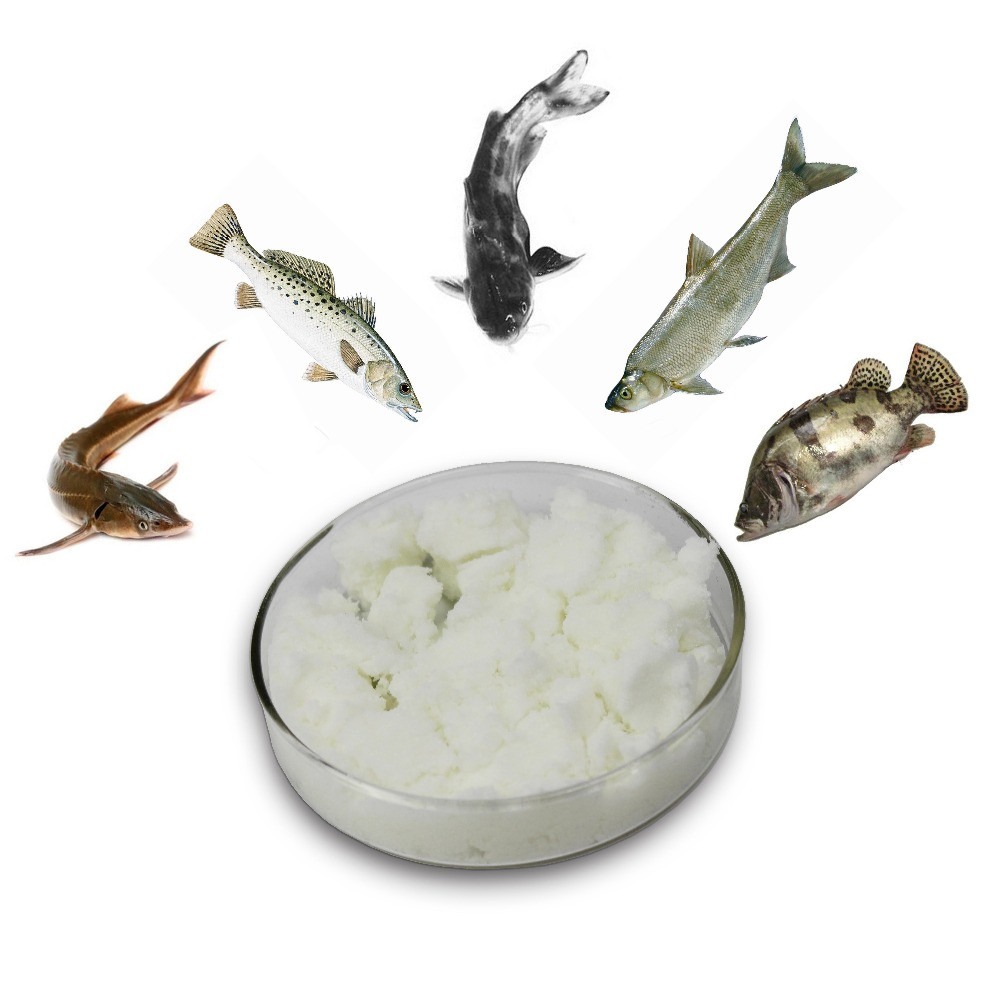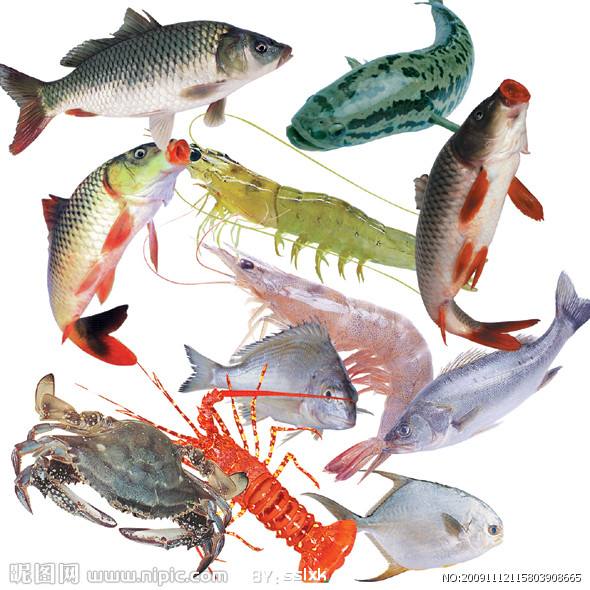DMPT, CAS NO.: 4337-33-1. The best aquatic attractant now!
DMPT known as dimethyl-β-propiothetin, is widely present in seaweed and halophytic higher plants. DMPT has a promoting effect on the nutritional metabolism of mammals, poultry, and aquatic animals (fish and shrimp). DMPT is the substance with the strongest lure effect on aquatic animals among all known compounds containing (CH) and S-groups.
1. Source of DMPT
The dimethyl sulfide (DMS) produced by Polysipho - nia fastigata mainly comes from DMPT, which is also an effective methyl donor in algae, and the main osmotic regulator of algae and the mudflat plant Spartina angelica is also DMPT. The content of DMPT varies among different types of seaweed, and the content of the same type of seaweed also varies in different seasons. DMPT can greatly accelerate the feeding and growth of various freshwater fish. The feeding inducing effect of DMPT is different from other substances such as L-amino acids or nucleotides, and it has feeding and growth promoting effects on almost all aquatic animals.
2.1 Effective Ligands as Taste Receptors
The research on receptors in fish chemical sensory organs that can interact with (CH) S-groups is still blank. From the existing behavioral experimental results, it can be analyzed that fish definitely have taste receptors that can interact with low molecular weight compounds containing (CH), N -, and (CH2) 2S - groups.
2.2 As a methyl donor
The (CH) and S-groups on the DMPT molecule are the sources of methyl groups required for animal nutritional metabolism. There are two types of methyltransferases (E.C.2.1.1.3 and E.C.2.1.1.5) in animal liver that are utilized by animals (CH) and S.
It was detected that the concentration of DMPT and the emission rate of DMS in the seaweed cells increased with the increase of salinity in the culture medium of the cultured seaweed (Hymenonas carterae).
DMPT is enriched in the cells of many phytoplankton, algae, and symbiotic mollusks such as clams and corals, as well as in krill and fish bodies. Iida et al. (1986) confirmed that the content of DMPT and the production of DMS in fish are positively correlated with the DMPT content in their diet, indicating that the DMPT rice in animals comes from bait and enters the human animal body through the food chain in marine ecosystems. Algae can synthesize DMPT and accumulate it at high levels (3-5 mmol/L) in the body. The DMPT in fish and mollusks is close to their levels in the diet, and the concentration of DMPT shows a decreasing trend in the order of algae (1 mmol/L), mollusks (0.1 mmol/L), and fish (0.01 mmol/L).
The Physiological Mechanism of DMPT Action
In recent years, research has found that DMPT has a promoting effect on the feeding behavior and growth of various marine and freshwater fish, crustaceans, and shellfish, which can improve their anti stress and exercise abilities, and supplement key enzymes of low concentration group methyl in the diet. Using the liver of sea bream as the experimental material and various compounds containing (CH) and S - groups as substrates, it was found that E C.2.1.1.3 and E The enzyme activity is highest when DMPT is used as the substrate.
3. Nutritional effects of DMPT on aquatic animals
Twenty low molecular weight organic compounds containing (CH) and S-groups were used for biting behavior and electrophysiological experiments on seawater and freshwater fish. It was found that DMPT had the strongest promoting effect on the biting behavior of three types of fish, including freshwater tuna, carp, and black crucian carp (Carassius auratus cuviera). It also significantly promoted the feeding behavior of the sea water true scale (Pagrus major) and the five scales (Seriola quinquera diata).
Mix DMPT and other sulfur-containing compounds at a concentration of 1.0mmol/L. into various experimental diets, and replace the control group with distilled water to conduct feeding response tests on crucian carp. The results showed that in the first four groups of experiments, the DMPT group had an average of 126 higher bite frequencies than the control group; In the second 5-group experiment, the DMPT group was 262.6 times higher than the control group. In a comparative experiment with glutamine, it was found that at a concentration of 1.0mmol/L.
Post time: Oct-09-2023





